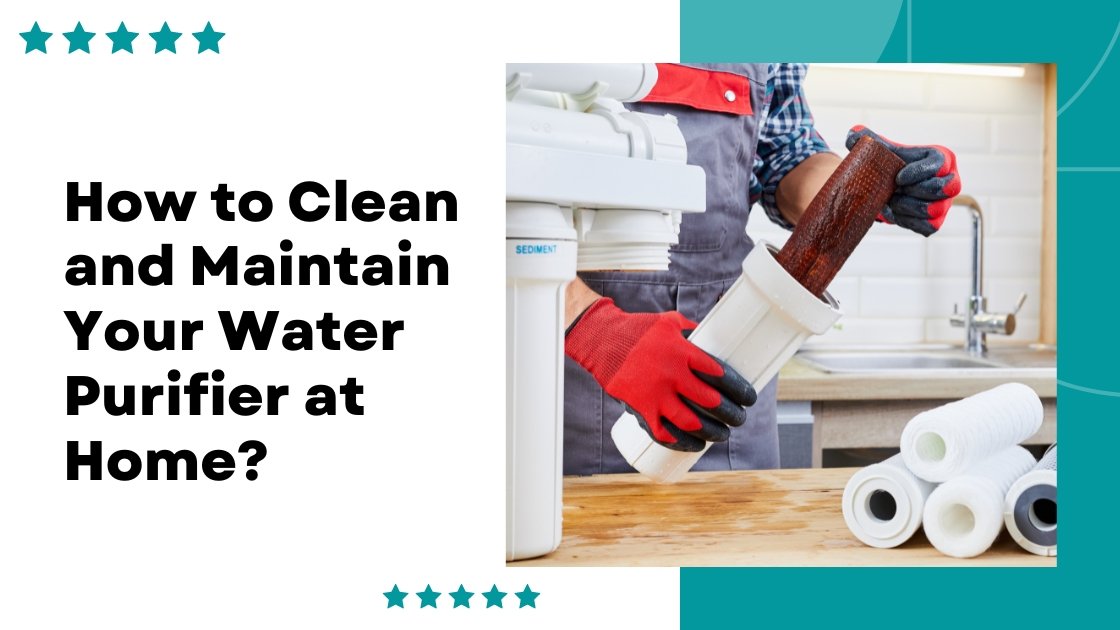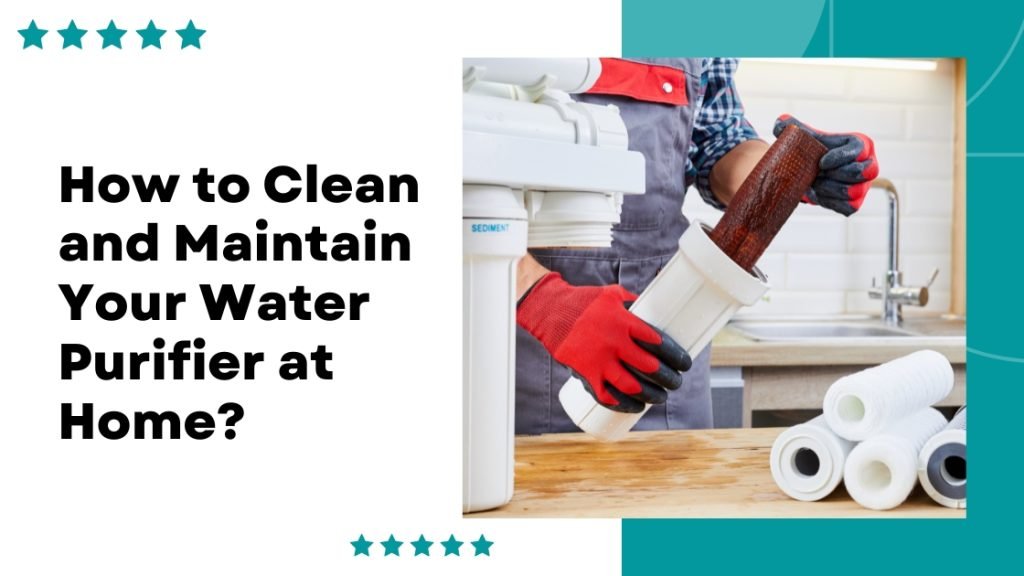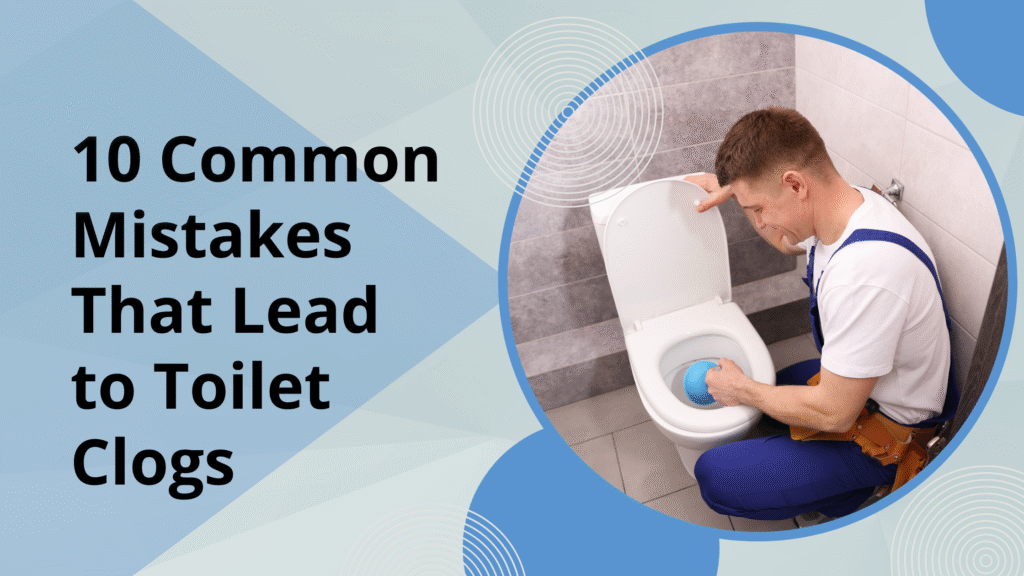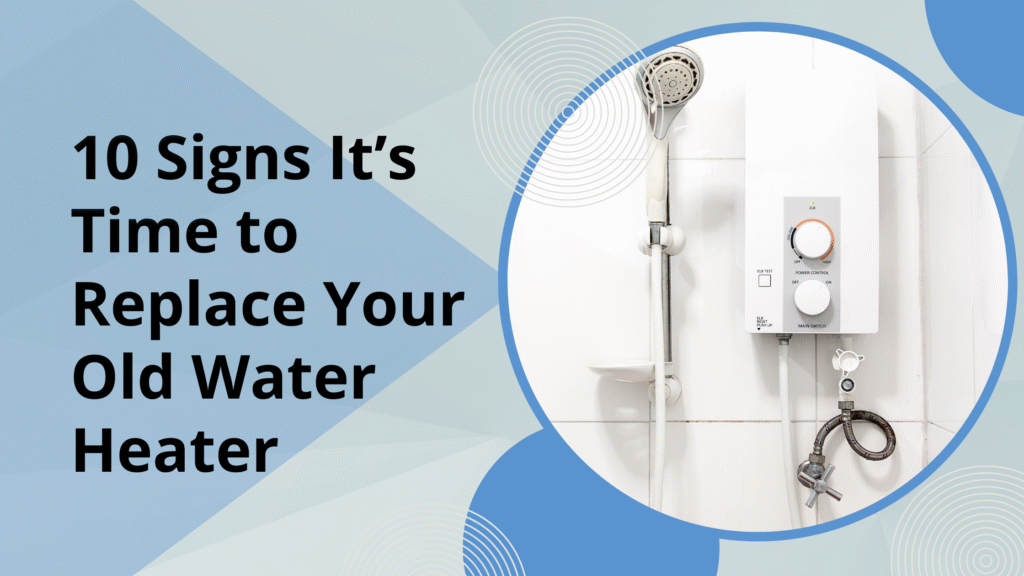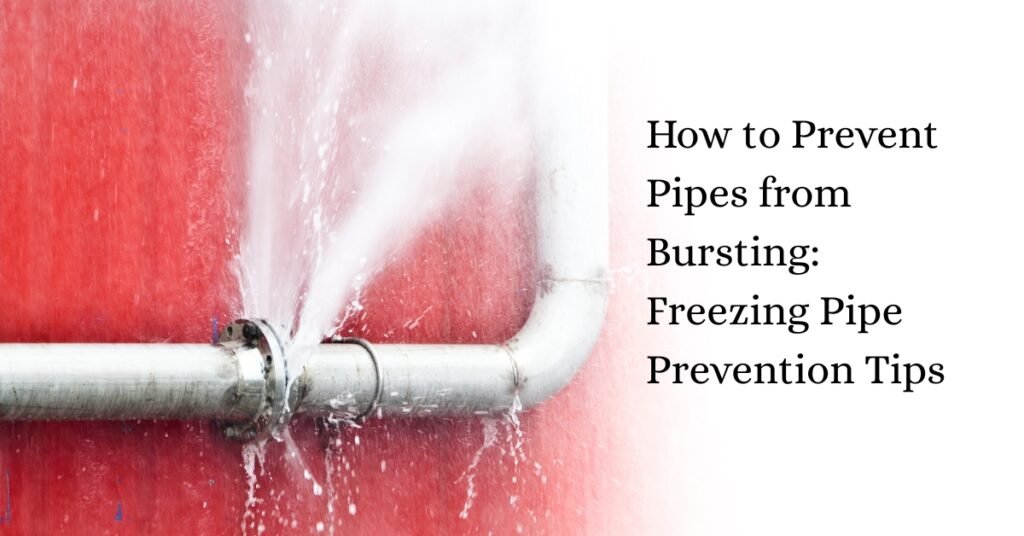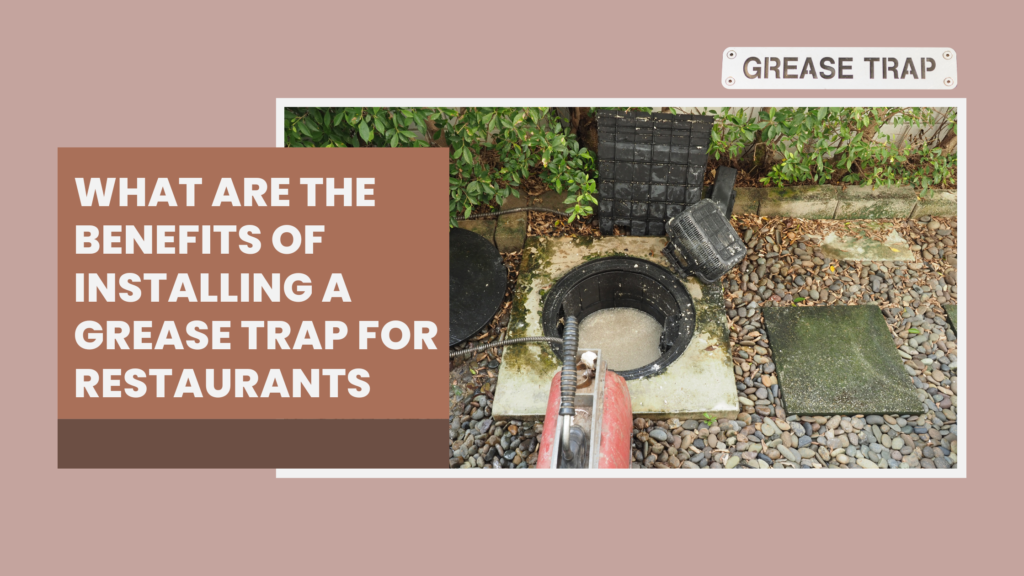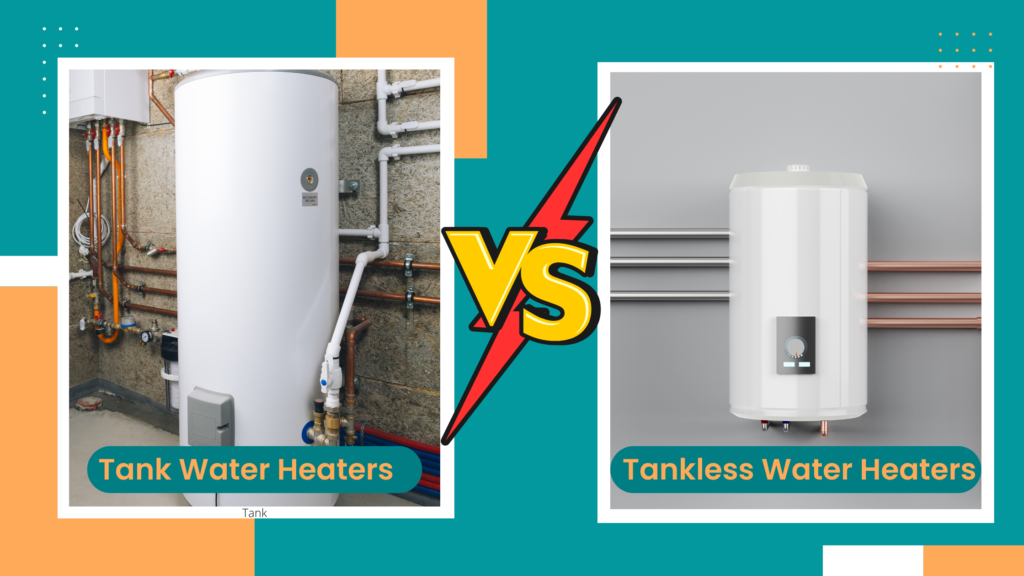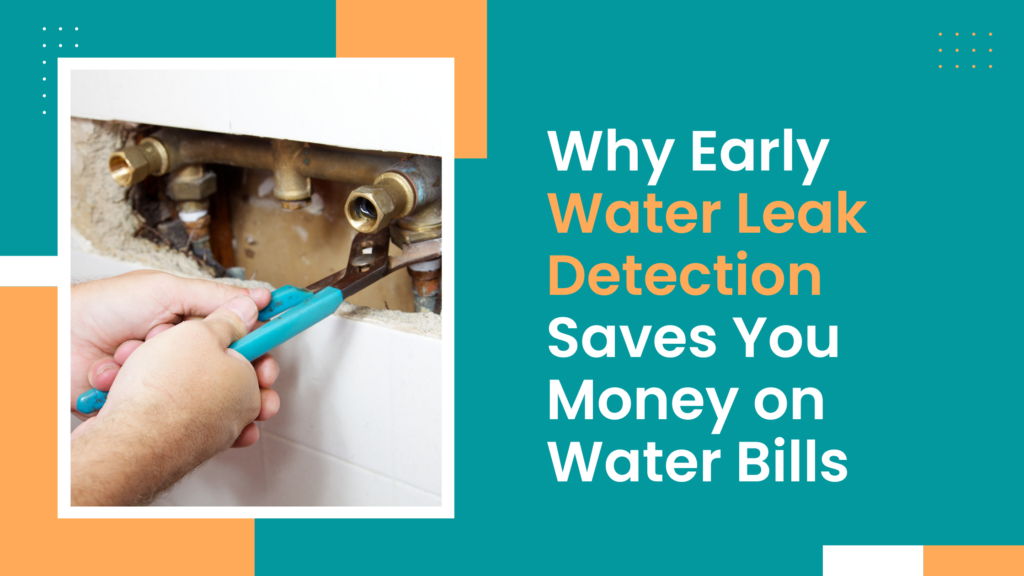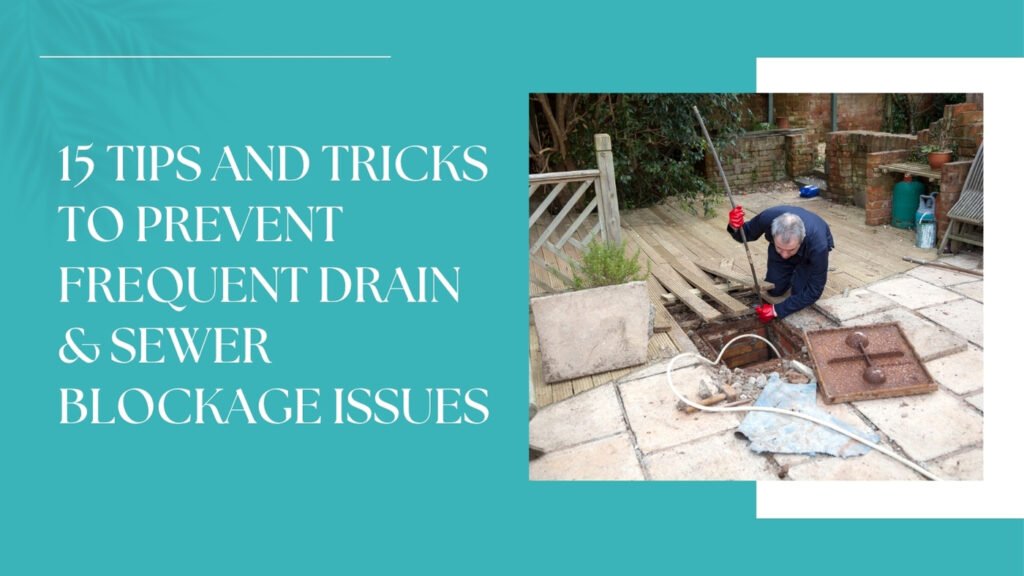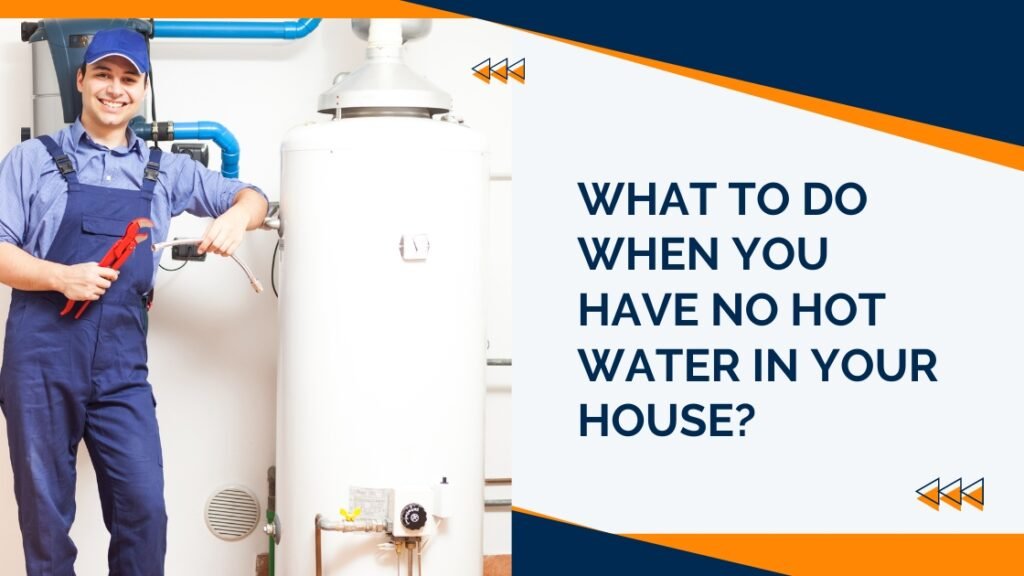How to Clean and Maintain Your Water Purifier at Home?
Having access to clean drinking water is essential for your health, and a good water purifier helps ensure you always have safe water at home. However, just like any other appliance, water purifiers need regular cleaning and maintenance to function properly. If you neglect this, the very device meant to protect you could end up contaminating your water supply. But don’t worry! Cleaning and maintaining your water purifier at home is simple, and we’re here to walk you through the process step by step.
How Often Should You Clean Your Water Purifier?
You should clean your water purifier at least once every two to three months, depending on the type and usage. Regular maintenance helps ensure that the filter and internal components function properly, preventing the buildup of impurities, bacteria, and sediments. Over time, filters can become clogged with contaminants, reducing their effectiveness and potentially allowing harmful substances to pass through.
In addition to regular cleanings, it’s crucial to replace filters according to the manufacturer’s guidelines, usually every six to twelve months. Neglecting routine cleaning or filter replacement can compromise the quality of your water, leading to potential health risks. By keeping your water purifier clean, you can extend its lifespan and ensure that it consistently provides safe, clean drinking water.
Step-by-Step Guide to Cleaning Your Water Purifier
Replace the filters as needed, reassemble the purifier, and flush the system with clean water to remove any lingering debris. By following these steps, you can effectively maintain your water purifier and ensure it continues to provide safe, clean water for you and your family.
1. Turn Off the Water Supply and Unplug the Purifier
Before starting any cleaning or maintenance on your water purifier, always ensure safety by disconnecting it from the power supply. Water purifiers contain electrical components that could pose a risk if handled while plugged in. Additionally, turn off the water supply to prevent any leaks or spills during the process.
2. Clean the Exterior
Use a soft, damp cloth to wipe down the outside of your water purifier regularly. This quick and simple task helps keep the unit clean, free from dust, and looking well-maintained. While it may not affect the water quality directly, keeping the exterior tidy prevents dirt buildup and gives your purifier a fresh, neat appearance in your kitchen or home.
3. Clean the Water Storage Tank
For water purifiers equipped with a storage tank, it’s important to clean the interior regularly to prevent slime or bacteria buildup. Start by opening the storage tank and using a mild cleaning agent or a mixture of vinegar and water to scrub the interior surfaces. This natural solution effectively removes any unwanted residue and keeps the tank hygienic.
4. Remove and Clean Filters
The filters are the heart of your water purifier, and they do the heavy lifting when it comes to removing impurities. Most filters, especially the pre-filters and carbon filters, can be cleaned by soaking them in clean water for a while. RO membranes usually need professional cleaning or replacement every 6–12 months.
5. Flush the System
After you’ve reassembled the filters in your water purifier, it’s crucial to flush the system by running clean water through the unit for a few minutes. This step helps to remove any loose debris or dust that may have accumulated during the cleaning process. Flushing the system not only ensures that any leftover particles are cleared out, but it also allows the filters to settle back into their optimal functioning state.
6. Reassemble and Test
Once you’ve finished cleaning and rinsing all the components, it’s time to reassemble your water purifier. Start by carefully putting all the parts back together, ensuring everything fits snugly. After reassembly, turn on the water supply and plug the purifier back in. Take a moment to test the water flow by running some water through it. Pay attention to both the taste and the flow rate; they should return to normal levels.
How to Maintain Your Water Purifier for Longevity
Regular cleaning is just one part of keeping your water purifier in top condition. To make sure your purifier lasts for years and continues to provide clean water, follow these maintenance tips:
1. Replace Filters Regularly
Filters and membranes in your water purifier naturally wear out over time, even with consistent cleaning and maintenance. To ensure your purifier continues to function effectively, it’s essential to monitor the condition of these components. Check the manufacturer’s recommendations regarding replacement schedules; generally, filters should be replaced every 6 to 12 months.
2. Schedule Annual Servicing
While many cleaning tasks for your water purifier can be easily handled at home, it’s wise to schedule a professional service once a year. During this service, a qualified technician can inspect your purifier for any hidden issues that might not be apparent during regular maintenance. They can also replace critical parts, such as the reverse osmosis (RO) membrane and other components that require specialized care.
3. Monitor Water Quality
Always be vigilant about the taste, smell, and clarity of your drinking water. These sensory indicators are crucial for assessing the quality of the water your purifier delivers. If you notice any changes such as a strange taste, unusual odors, or cloudiness it may be a sign that your purifier needs immediate attention. Even with regular cleaning, filters can wear out over time, and unnoticed problems can develop that compromise the water quality.
4. Check for Leaks
Water leakage can pose significant problems for your water purifier, as it not only risks damaging the unit but also reduces its efficiency. Regularly inspect your purifier and its connections for any signs of leaks or cracks in the pipes or housing. If you notice any moisture accumulation or water dripping, take immediate action. Tightening any loose connections can often resolve minor leaks, while more serious issues may require you to replace damaged parts.
5. Protect from Power Surges
Voltage fluctuations can pose a significant risk to the electronic components of your water purifier, potentially leading to costly damage. To safeguard your unit, consider using a voltage stabilizer or surge protector, particularly if you reside in an area prone to power surges or fluctuations. These devices help regulate the electrical current that reaches your purifier, ensuring that it operates within safe voltage levels.
Common Water Purifier Issues and How to Fix Them
Water purifiers are essential appliances for ensuring safe and clean drinking water. However, like any other device, they can encounter issues over time. Here are some common problems you might face with your water purifier and effective solutions to fix them.
1. Strange Taste or Odor
Issue: If you notice an unusual taste or smell in your water, it may be a sign of bacterial growth or contamination in the filters or tank.
Solution: Start by replacing the filters and cleaning the storage tank with a mild cleaning agent or vinegar. Make sure to rinse thoroughly to eliminate any residues. If the problem persists, consider having a professional inspect the unit.
2. Low Water Flow Rate
Issue: A reduced water flow can be frustrating and may indicate that the filters are clogged or that there is a problem with the pump.
Solution: Check the filters and replace them if they are dirty or worn out. Ensure that there are no kinks in the tubing or blockages in the faucet. If the flow rate doesn’t improve, you may need to have a technician check the pump.
3. Leaks or Drips
Issue: Leaks can occur from loose connections, damaged hoses, or faulty seals, leading to water waste and potential damage to your home.
Solution: Inspect all connections and tighten any loose parts. Look for cracks or damage in the hoses or housing. Replace any damaged components to prevent further leaks.
4. Cloudy or Discolored Water
Issue: If your water appears cloudy or has an unusual color, it could indicate impurities or a problem with the filters.
Solution: Replace the filters immediately, as they may be saturated with contaminants. Run the purifier to flush out any remaining particles, and if the issue continues, consult a professional for further inspection.
5. Frequent Filter Replacement
Issue: If you find yourself replacing filters more often than recommended, it could indicate a problem with water quality or usage levels.
Solution: Assess your water supply for contaminants that may be overwhelming the filters. Consider upgrading to higher-quality filters designed for your specific water source. Regular maintenance and testing your water can also help manage this issue.
6. Electrical Issues
Issue: If your purifier doesn’t turn on or experiences electrical faults, it could be due to voltage fluctuations or internal component failures.
Solution: Use a voltage stabilizer or surge protector to safeguard the purifier against electrical damage. If it still doesn’t work, check the power supply and consider consulting a technician for repairs.
7. Indicator Lights Malfunction
Issue: If the indicator lights (for filter replacement or power) are not functioning correctly, it can lead to uncertainty about the status of your purifier.
Solution: Reset the purifier by unplugging it and plugging it back in. If the issue persists, consult the manufacturer’s instructions or a technician for troubleshooting.
Enhancing Water Quality with Advanced Filtration Solutions
Maintaining your water purifier is essential for ensuring that you and your family have access to safe, clean drinking water. Regular cleaning, timely filter replacements, and vigilance for signs of issues such as strange tastes or odors can significantly enhance the performance and longevity of your unit. If you encounter persistent problems or simply want to ensure your purifier is in top shape, don’t hesitate to seek professional assistance.
Expert services can provide thorough inspections and necessary repairs, ensuring your system runs efficiently. If you’re situated in Napa, and in search of filtration solutions, consider reaching out to Water Filtration Repair in Napa, CA, to help you keep your drinking water consistently pure and refreshing, so you can enjoy every sip with confidence.


